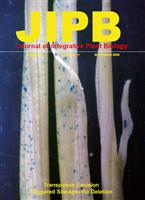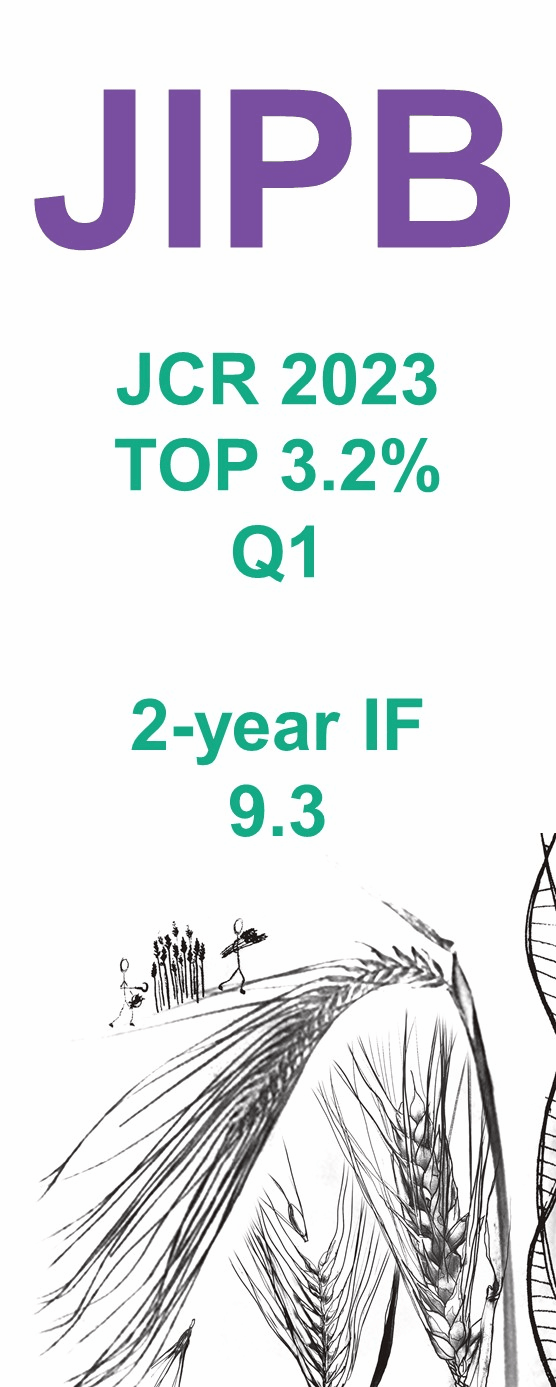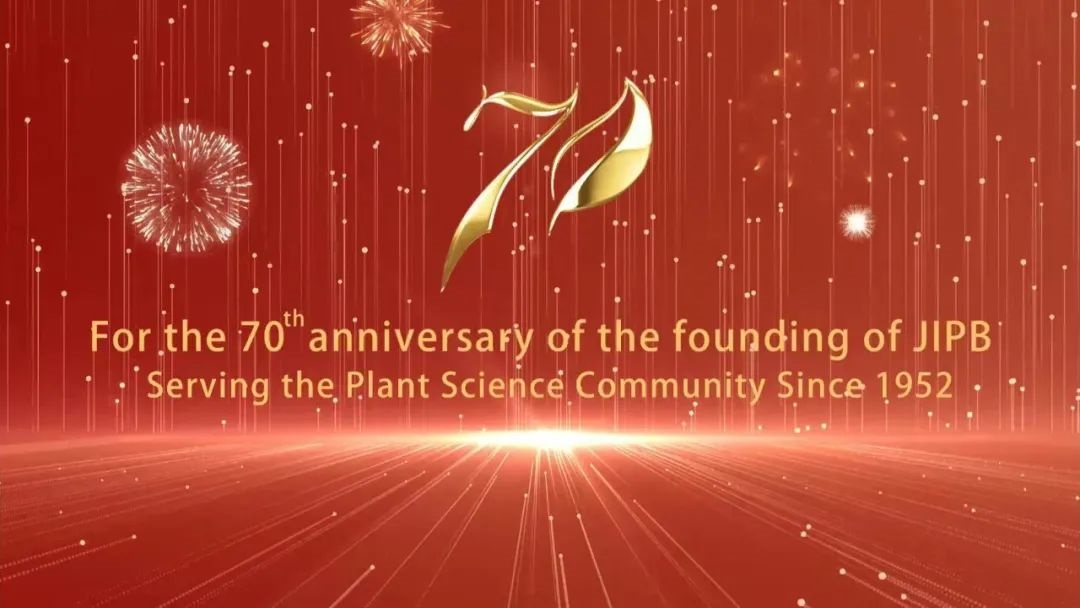Phosphorus (P) starvation is highly notorious for limiting plant growth around the globe. To combat P-starvation, plants constantly sense the changes in their environment, and elicit an elegant myriad of plastic responses and rescue strategies to enhance P-solublization and acquisition from bound soil P forms. Relative growth responses, P-solublization and Pacquisition ability of 14 diverse Brassica cultivars grown with sparingly soluble P-sources (Rock-P (RP) and Ca3(PO4)2 (TCP)) were evaluated in a solution culture experiment. Cultivars showed considerable genetic diversity in terms of biomass accumulation, concentration and contents of P and Ca in shoots and roots, P-stress factor (PSF) and P use efficiency. Cultivars showed variable P-stress tolerance, and cultivars depicting low PSF and high P efficiency values were better adaptable to P-starvation. In experiment 2, after initial feeding on optimum nutrition for 12 d after transplanting (DAT), class-I (low P-tolerant (Oscar and Con-II)) and class-II (low P sensitive (Gold Rush and RL-18)) cultivars were exposed to P-free environment for 25 d. All of the cultivars remobilized P from above ground parts to their roots during growth in P-free environment, the magnitude of which was variable in tested cultivars. P-concentrations ([P]s) at 37 DAT were higher in developing compared with developed leaves. Translocation of absorbed P from metabolically inactive to active sites in Pstressed plants may have helped class-I cultivars to establish a better rooting system, which provided a basis for enhanced P-utilization efficiency (PUE) and tolerance against P-stress. By supplying TCP and RP spatially separated from other nutrients in split root study, class-I cultivars were still able to mobilize RP and TCP more efficiently compared with class-II cultivars. To compare the growth behavior under P-stress, cultivars were grown in pots for 41 d after sowing, using a soil low in P (NaHCO3-extractable P = 3.97 mg/kg, Mehlich-III-extractable P = 6.13 mg/kg) with (+P = 60 mg P/kg soil) or without P addition (0P) in study 4. Tested cultivars showed genetic diversity in PUE, P-efficiency (PE), P-efficiency ratio (PER) and PSF. P-stress markedly reduced biomass and plant P contents. Cultivars that produced higher root biomass accumulated higher total P-contents (r = 0.98** ), which in turn was related negatively to PSF (r = −0.95** ) and positively to shoot and total biomass. PER and PE showed significant correlations with shoot P-contents and biomass. Cultivars depicting high PUE and PE, and low PSF values showed better growth behavior under low soil P-environment. Systematic analysis and deployment of the plant rescue traits underlying the nutrient acquisition, assimilation, utilization and remobilization under P-starvation will bring more sparingly soluble P into cropping systems and will help to scavenge more P from plant unavailable bound P reserves.
Shahbaz Akhtar M, Oki Y, Adachi T (2009). Mobilization and acquisition of sparingly soluble P-sources by Brassica cultivars under P-starved environment. I. Differential growth response, P-efficiency characteristics and P-remobilization. J. Integr. Plant Biol. 51(11), 1008–1023.




 Scan the QR code to view JIPB on WeChat
Scan the QR code to view JIPB on WeChat













